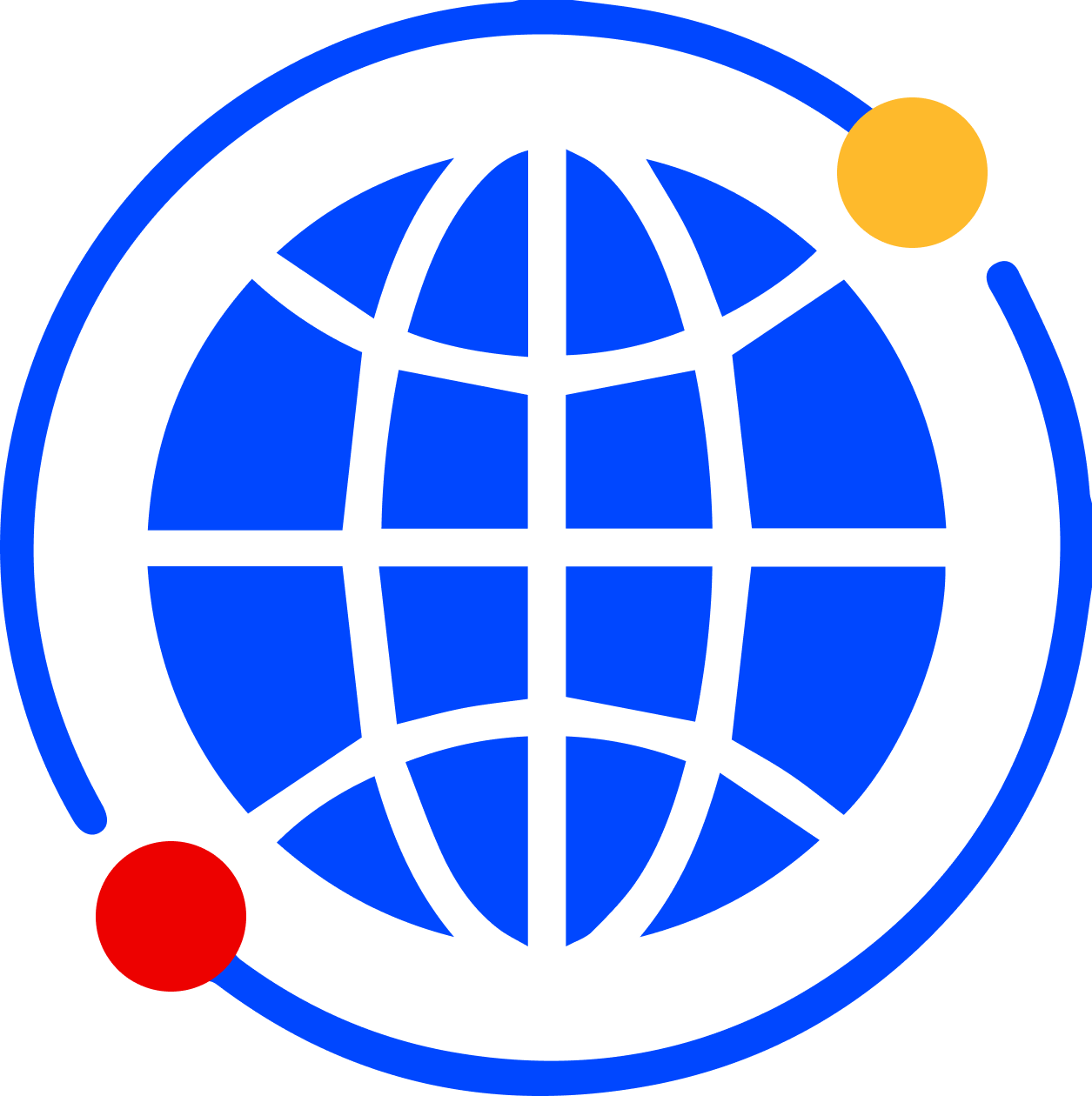The cloud data conundrum: How to maximize value and minimize risk

Cloud computing was on the rise before 2020, but the coronavirus pandemic kicked its growth into overdrive. Cloud-based apps like Slack, Zoom, and Microsoft Teams have allowed remote teams to stay in touch and stay productive — in fact, many workers believe they’re more productive now than they were in an office.
But these apps we know and love create a huge volume of siloed, sequestered data, and many organizations haven’t successfully folded that data into their information governance and eDiscovery workflows. If your organization is one of them, what do you do now?
Cloud apps fuel the workforce
The pandemic forced millions of workers out of their offices and into a variety of makeshift home offices, running the gamut from repurposed bedrooms with functional doors to the far end of the couch with a TV tray for a desk. Thankfully, wherever employees were working from, cloud-based apps kept them connected and capable. Whether teams use Dropbox, Google Workspace, Slack, Microsoft Teams, Zoom, Trello, Jira, or some combination of these and more, they’re increasingly turning to the cloud to get work done. At the close of 2020, the Pew Research Center reported that:
81 percent of people who are now working from home use video calling services.
57 percent use instant messaging platforms like Slack and Google Chat.
65 percent of teleworkers view these tools as “a good substitute for in-person contact.”
Cloud platforms aren’t just keeping us in touch with our colleagues; they’re keeping us surprisingly productive. PwC’s 2021 US Remote Work Survey found that 52 percent of executives reported that their “average employee productivity has improved” since the pandemic began. Gartner research supports this conclusion: 83 percent of survey respondents reported that they’re “more productive working from home,” even during a pandemic. A study from McKinsey found that, over the long term, remote work could expand to four or five times its previous impact, fueling changes in geography as people no longer need to live close to where their employer is based.
But there’s a catch — in fact, there are two. First, these apps generate a tremendous amount of data. In 2020, people generated 2.5 quintillion bytes of data every day. For business organizations, all of that data has to be accounted for in information governance and eDiscovery workflows. Second, the data organizations generate isn’t all going into one neat repository — it’s distributed across however many different apps your teams are using, regardless of whether your IT staff are aware of those apps.
This leaves organizations with a couple of options for dealing with scattered data. And the approach they take now will dictate how large a data mess they’ll have to clean up later.
Information governance approaches for cloud-based data
Organizational attitudes around data management fall somewhere along a spectrum between two extremes.
At one end is the default, laissez faire, “see no evil” approach. But with new apps, it’s not easy to anticipate how their contents may become relevant to legal and regulatory obligations down the line. Perhaps no one will ever ask to see the data associated with a Jira ticket during eDiscovery. Perhaps the Department of Justice will never be concerned about the contents of your internal Slack messages. But what if they do?
Are these risks you’re willing to take? Likewise, if you’re unprepared to access or manage the data your teams are creating every day, how long will it be before you’re scrambling to satisfy an information request that you might have seen coming? How will you respond?
That brings us to the other end of the spectrum: the proactive data management approach. At this end of the spectrum, you know what cloud apps your team uses. You know what types of data each app generates. You’ve implemented thoughtful data retention policies, and you know that outdated or redundant information is being regularly purged. Meanwhile, you’re also keeping business-critical data — and you know how to find it when you need it.
What if you’d like to be closer to that sort of proactive approach, but you don’t have a clue where to start?
Three steps you can take right now to proactively manage your data
- Conduct a comprehensive data survey. Ask your employees what apps they’re using — and reassure them that you won’t punish honesty. With the shift to remote work, even tightly controlled organizations might have had shadow IT creep in.
- Work with your IT staff to curate the apps your teams use. Check that each app meets your security and data access expectations before you whitelist it, and ensure that you’re working with the best-of-breed application for each purpose or task.
- Work out how you’ll manage and access data from each of these platforms to satisfy your criteria for information governance, regulatory compliance, eDiscovery, data privacy requests, and any other information management needs you have. Assemble the right people, processes, and technologies you’ll need to get the job done.
Feel like you’re herding cats trying to track down all of the data your teams have amassed? Consider adopting a platform that will allow you to discover and manage all of your organization’s data — whatever its source — from one central access point. Not only will you simplify and streamline information governance, but you’ll also unlock access to the deep institutional knowledge that’s currently siloed across a host of different and disconnected apps. This is more than just a bonus feature, it’s a competitive advantage and an opportunity for legal times to shine.
 eDiscovery
eDiscovery Collections
Collections Processing
Processing Early Case Assessment
Early Case Assessment Information Governance
Information Governance Data Migration
Data Migration Data Archiving
Data Archiving Platform Services
Platform Services Connectors
Connectors Platform API
Platform API Pricing Plans
Pricing Plans Professional Services
Professional Services Technical Support
Technical Support Partnerships
Partnerships About us
About us Careers
Careers Newsroom
Newsroom Reveal
Reveal Logikcull by Reveal
Logikcull by Reveal Events
Events Webinars
Webinars OnnAcademy
OnnAcademy Blog
Blog Content Library
Content Library Trust Center
Trust Center Developer Hub
Developer Hub